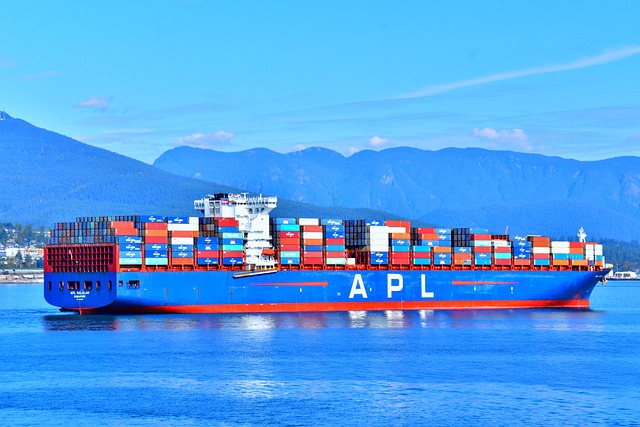International vehicle shipping costs are determined by several factors including distance, vehicle type, regulations, customs procedures, port charges, transit times and shipping company reputation. To optimize expenses, strategic route planning, technology for real-time quotes, consolidation of larger shipments, direct rate negotiations with carriers, and staying informed about market trends are essential.
International vehicle shipping can be complex, with costs varying widely based on multiple factors. Understanding these variables is crucial for both individuals and businesses looking to transport cars abroad efficiently. In this article, we’ll explore the key elements driving international vehicle shipping costs, providing insights into how to optimize and reduce expenses. From distance and weight to destination and seasonality, each aspect plays a significant role in determining the final price tag.
- Understanding International Vehicle Shipping Costs
- Key Factors Influencing Shipment Expenses
- Strategies to Optimize and Reduce Vehicle Shipping Prices
Understanding International Vehicle Shipping Costs

When it comes to international vehicle shipping, costs can vary greatly depending on several key factors. Understanding these variables is essential for anyone looking to transport a vehicle across borders. The first and most significant factor is distance. The further the destination, the higher the shipping cost due to increased fuel expenses and longer travel times. Another critical aspect is the type of vehicle being shipped. Different cars have varying weights and dimensions, which directly impact the overall pricing. For instance, a compact car will be less expensive to ship than a large SUV or truck.
Additionally, international regulations and customs procedures play a substantial role in the cost calculation. These processes often require additional documentation, inspections, and duties that can add significant fees. The complexity of these procedures varies by country, influencing the overall expense. Other factors such as port charges, transit times, and the reputation of shipping companies also contribute to the final price. Shippers should research and compare multiple providers to secure the best rates for their specific international vehicle shipping needs.
Key Factors Influencing Shipment Expenses

When it comes to international vehicle shipping, several key factors significantly influence the overall shipment expenses. One of the primary considerations is the distance traveled. The further the destination, the higher the transportation costs due to increased fuel consumption and longer transit times. Additionally, the weight and dimensions of the vehicle play a crucial role; heavier or larger vehicles require more resources for movement, translating directly into higher shipping fees.
Another critical factor is the mode of transport chosen. Whether it’s by sea, air, or land, each option comes with distinct pricing structures. For instance, air freight is the fastest but also the most expensive method, while sea freight offers a more cost-effective solution for long-distance shipments, albeit with longer delivery times. Furthermore, the origin and destination countries’ customs regulations and taxes can add substantial costs to international vehicle shipping, varying based on local laws and agreements. These factors collectively determine the overall price for transporting vehicles across borders.
Strategies to Optimize and Reduce Vehicle Shipping Prices

Optimizing and reducing costs for international vehicle shipping is an art that combines strategic planning and innovative tactics. One key approach is to consider the route carefully; shorter, direct routes often prove more cost-effective than meandering paths. By choosing the most efficient pathways, shippers can minimize fuel expenses and travel time, both significant factors in overall pricing.
Additionally, leveraging technology to find real-time quotes and using consolidators for larger shipments can dramatically impact savings. Consolidation allows multiple vehicles to share a container, reducing per-unit costs. Negotiating rates directly with carriers or utilizing drop shipping services can also yield substantial discounts. Remember, staying informed about market trends and fuel prices is vital, as these factors fluctuate and can significantly affect international vehicle shipping expenses.
International vehicle shipping costs can be complex, but understanding the key factors influencing expenses is the first step towards optimizing your shipment. By considering elements like distance, weight, type of vehicle, and seasonality, you can make informed decisions to reduce costs. Implementing strategies such as comparing multiple quotes, choosing efficient routes, and negotiating with carriers can help lower prices. Staying proactive and knowledgeable about international vehicle shipping trends will ensure you get the best value for your transportation needs.
